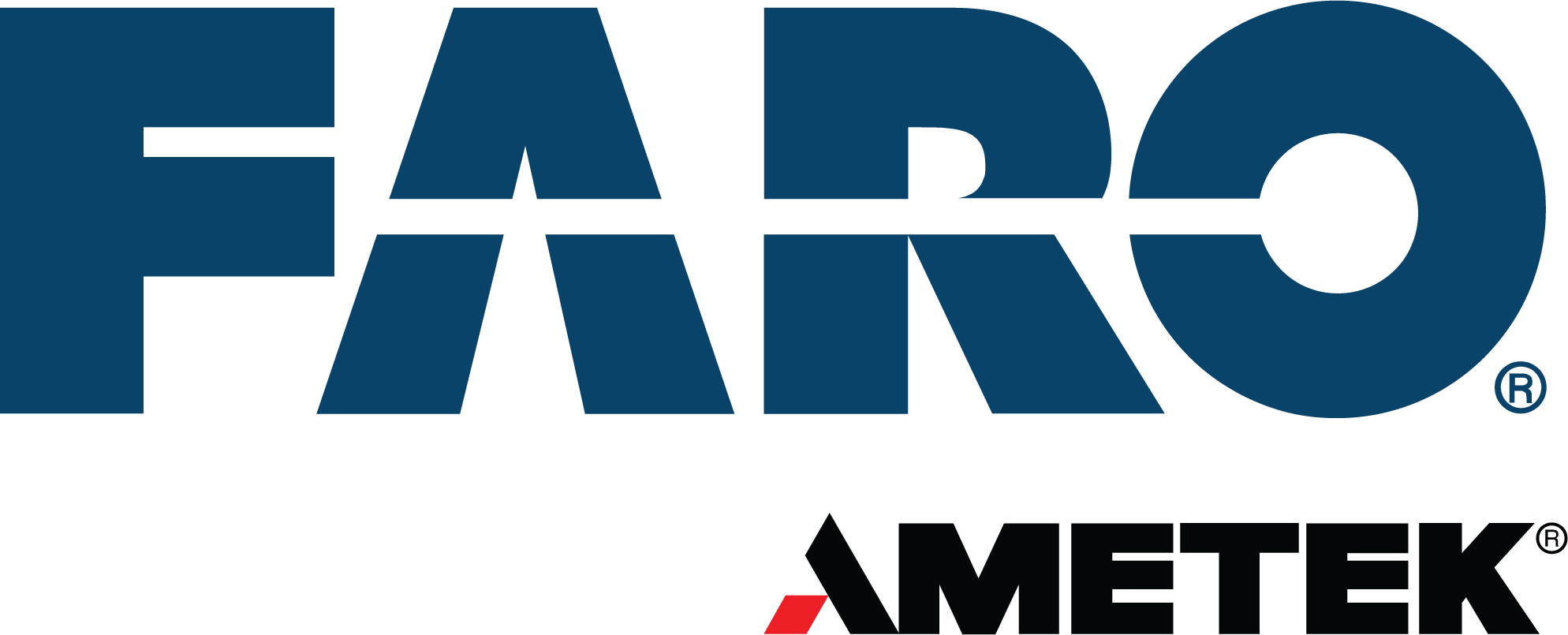Zone 2D
Courses
-
Category: New Releases
-
Category: New Releases
-
Category: New Releases
-
Category: Recorded 2020
-
Category: FARO Zone
